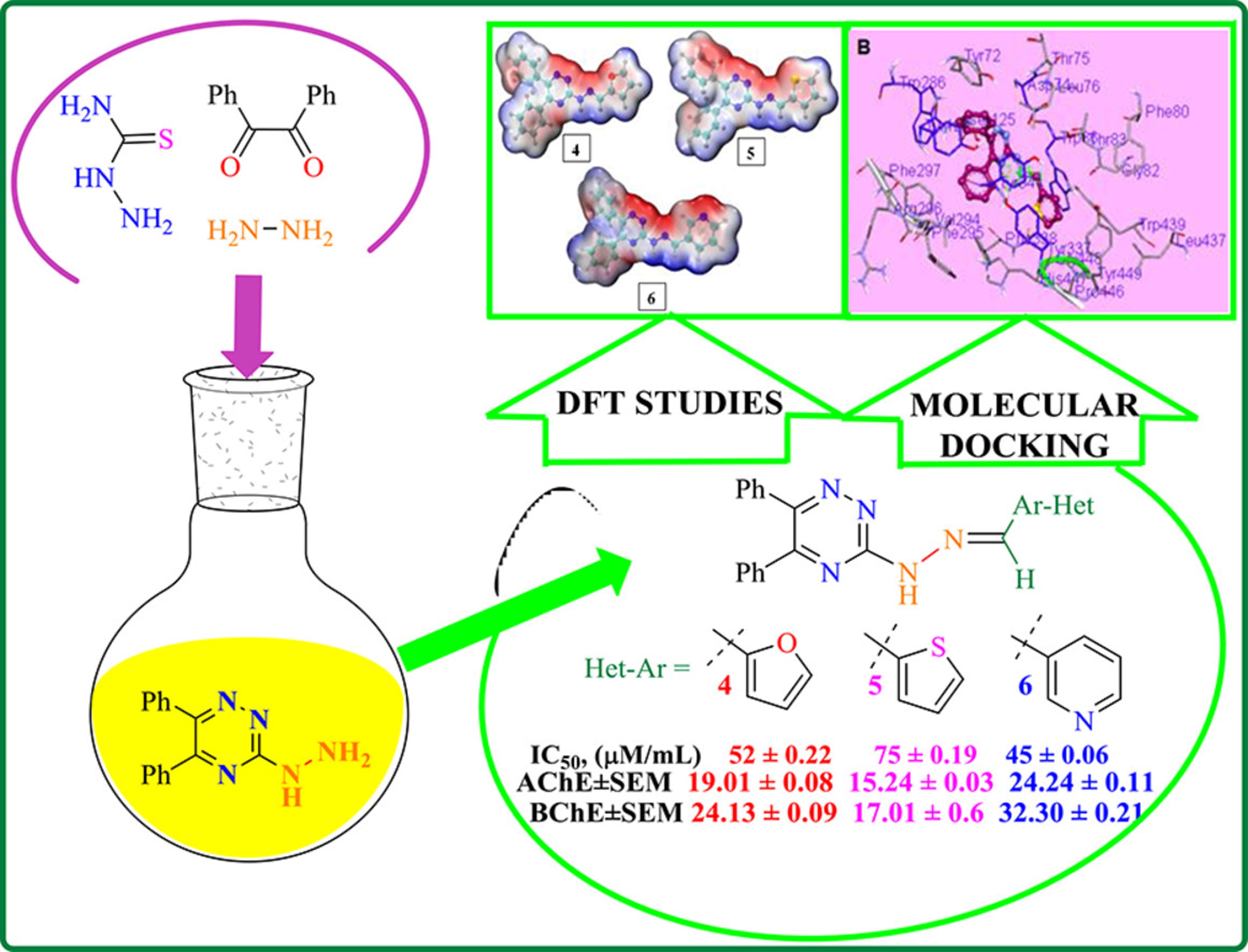It goes without saying that the modern era is surely a scientific era. With recent advancements in the field of research, diseases once considered “incurable” diseases are no longer a matter of distress for the 21st-century individuals, thanks to the incredible scientists and their valuable research. Considering the pace at which researchers are discovering cures for the most dreadful diseases, it is not impractical to think of the myth of a “panacea” may soon become a reality. However, certain widely prevalent diseases such as Alzheimer (AD) and Dementia, that unfortunately have no known cure and remain areas of intensive research globally.
The scientifically motivated students of LUMS are also keeping pace with the world by exhibiting strong commitment and actively contributing towards research in this field. One such example is our bright PhD Chemistry scholar, Kainat Ahmed, who has recently successfully defended her PhD proposal. Kainat’s insightful research in the area of potent heteroaromatic hydrazone-based 1,2,4-triazine motifs development to treat Alzheimer Disease, has been published in the renowned “Journal of Molecular Structure” by Elsevier.
1,2,4-Triazine based hydrazone scaffolds are organic compounds that were synthesized after a series of complex chemical reactions using heteroaromatic aldehydes. Heteroatomic aldehydes are a class of organic compounds that contain at least one heteroatom, such as oxygen (O), nitrogen (N), or sulfur (S), in addition to a carbonyl group (-C=O) and a hydrogen atom (-H) attached to the same carbon atom. The synthesized hydrazone are biologically active compounds that have shown promising results in combating neurodegenerative disorders such as Alzheimer's and Parkinson's. Apart from having a unique chemical structure, these motifs are also found to possess strong antioxidant activity and cholinesterase inhibition properties, which make them suitable for curing Alzheimer’s disease.

Alzheimer’s disease is a condition characterized by progressive decline in cognitive function, memory loss and behavioral changes. One of the key neurotransmitters affected in Alzheimer's disease is acetylcholine, which plays an important role in memory and learning. Cholinesterase inhibitors are a class of drugs that are commonly used in the treatment of Alzheimer's disease. These drugs work by inhibiting the breakdown of acetylcholine, thereby increasing its levels in the brain. By increasing acetylcholine levels, cholinesterase inhibitors can help to improve cognitive function and slow down the progression of the disease. Two types of cholinesterase enzymes targeted by cholinesterase inhibitors are acetylcholinesterase (AChE) and butyrylcholinesterase (BChE).

Therefore, a radical approach for the treatment of Alzheimer’s disease could involve the AChE and BChE enzymes, which play a crucial role in restoring an which progressively restore the concentration of acetylcholine. Previous research in this area yielded interesting results, where heterocyclic motifs in the form of potent free radical scavengers proved to be effective inhibitors for different enzymes, such as cholinesterase. Kainat along with her co-researchers synthesized new conjugates of 1,2,4-triazine and heteroaromatic aldehydes bridged with hydrazone skeleton, which showed effective activity as potent free radical scavengers and strong inhibitors of cholinesterases that cause Alzheimer’s disease.“Research is to see what everybody else has seen, and think what nobody else has thought.”-Albert Szent-Gyorgyi.
An innovative research technique employed by Kainat and co-researchers involved the utilization of quantum chemical and molecular docking studies to gain deeper insights into the mode of action of these motifs. These methods allowed them to explore the compounds’ electronic and structural properties, as well as their potential interactions with biological targets such as enzymes or receptors. The study’s results unveiled significant findings regarding the structure-activity relationships of the compounds. Specifically, the researchers identified crucial structural features that facilitated their interaction with cholinesterase enzymes and the scavenge reactive oxygen species. The development of these compounds represents an exciting advancement in the field of medicinal chemistry.
The publication of this article in a prestigious scientific journal and the defense of her PhD proposal is proof of Ms. Kainat’s dedication and commitment to her work. We extend our congratulations and wish her continued success in her endeavors.